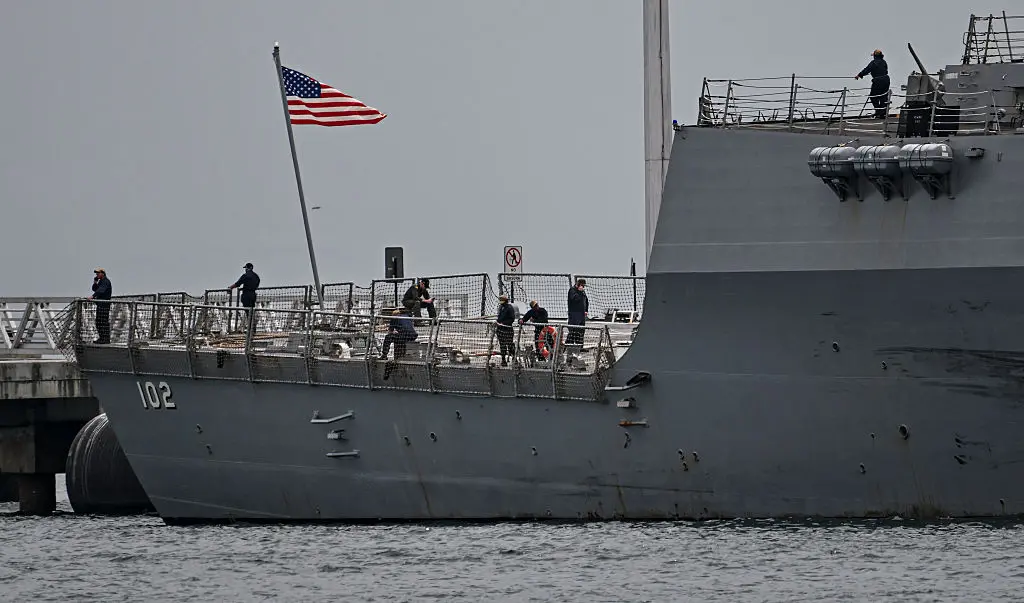When Peru’s Congress announced on May 19 that U.S. troops would arrive to participate in joint security training exercises, left-wing opposition to interim President Dina Boluarte quickly sounded the cry of coup d'etat.
The move created a ripple effect in the region as thousands continue to express anger and concern, including leftist former Bolivian President Evo Morales.





